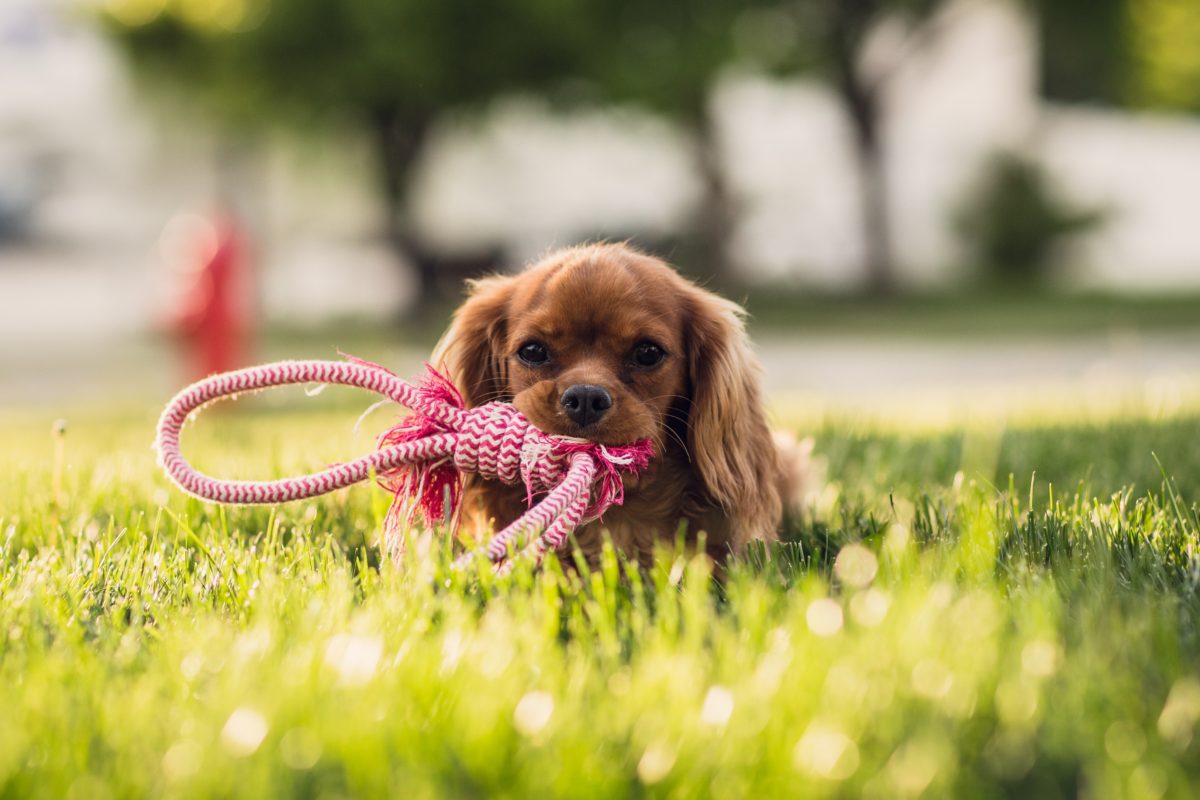Your pets love to run, roll, scratch and generally nose around your lawn. If your lawn is covered in chemical fertilizers and pesticides, however, you could be making them sick.
How can you keep your pets safe?
Keep these principles in mind to protect all your family members, especially the furry ones.
Avoid chemical fertilizers
Chemical fertilizers are like fast food for your lawn. Loaded with nitrogen, they quickly improve the appearance of grass. Those high levels of nitrogen, however, are toxic to both pets and children. So when your dog or cat chews on fertilized grass or licks their paws after running though it, they ingest high levels of both nitrogen and phosphorus, which distresses their digestive system and can cause severe illness with extreme exposure.
Because chemical fertilizers are processed from fossil fuels, they also have traces of the ammonia, urea, formaldehyde or sulfur. If you would feel uncomfortable feeding any of these things to your pet, consider what they are picking up on the lawn.
Avoid chemical pesticides
Even more dangerous than chemical fertilizers, are chemical pesticides and herbicides, especially those that contain insect growth regulators (IGRs). Studies have linked these chemicals to a fatal form of cancer called canine malignant lymphoma.
If you currently use these products and have a dog over 50 pounds, it is recommended that your stop. If you feel that you must continue to treat, use pesticides sparingly and keep your pets indoors for at least 48 hours after treatment. Bathe your pet immediately after suspected exposure and give frequent foot rinses after walking through lawns and parks that you suspect were treated.
Consider Organics
Natural fertilizers like seaweed, grass clippings, and compost are natural and safe, but avoid bone and blood meal for dogs who like to eat, because the smell can be quite attractive. And natural pre-emergent treatments like corn gluten to control weeds.
Other pet friendly tips
Here are a few additional ideas to keep in mind:
- Relocate toxic plants such as boxwood, azalea, lavender, mountain laurel, sago palm and some lilies. Review this complete list of toxic and non-toxic plants.
- To keep flea and tick populations under control, mow grass frequently and keep it between 3-3 ½” tall.
- Composting is a great practice, but keep food and garden waste well contained so pets are not tempted to eat.
If you are ready to make the transition away from chemical lawn care to protect your furry family, contact us for more information on the best products and the best timing for natural and safe success.







